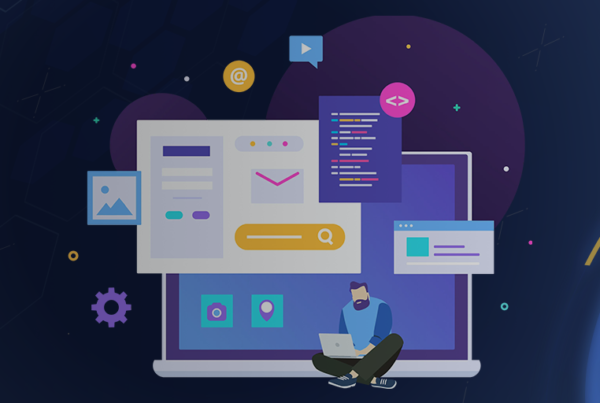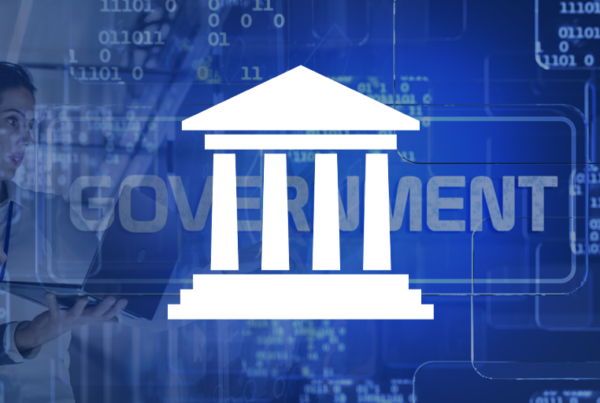Blockchain technology has taken both the tech and business worlds by storm. As a distributed digital ledger, it is a technology capable of recording information-rich transactions in a secure and sequential manner. The blockchain replicates itself across multiple, unrelated servers around the world and grows with the participation of users and popularity of the application. Since hacking would require the modification of all instances of the blockchain, they become exponentially more secure with every new participant.
Applications
One of the first applications of this technology is the well-known Bitcoin cryptocurrency. However, the blockchain can be applied in numerous other financial fields. Currently, financial records are stored on private databases, which are not accessible to other parties such as retailers, unless they pay a price. With blockchain technology however, these records are public thanks to the decentralized nature of the peer-to-peer network on which they are stored. This automatically leads to a cost benefit for any company looking to record various financial transactions. In fact, the technology has the capability to replace many transactional functions that were previously managed by banks, credit card companies and governments.
The applications do not stop here. The blockchain can be used to record any iterative digital exchange. This can include legal documentation, real estate filings, inventory management and medical records. All these paper heavy practices can be digitized and made public, eliminating a lot of busy work and management overhead. According to Accenture, this will result in a 30% reduction of the data infrastructure, which may represent billions of dollars in cost savings for businesses and institutions.
Challenges
Despite all the advantages, the technology has certain drawbacks. One of the significant challenges faced by the blockchain is scale. Already, there is enough data to overwhelm the blockchain infrastructure, but with new gigantic data loads about to enter the tech world from big data and IoT, blockchain scalability really becomes an issue. The problem is that blockchain requires resources in order to perform essential functions such as encryption and storage.
The blockchain also uses a refresh cycle, which for Bitcoin is set at around 10 minutes. However, this cycle will have to be much shorter in cases where information is added more rapidly. The IoT for example may require a refresh cycle that is below the millisecond level, which will skyrocket resource consumption.
Practical solutions
When it comes to enterprise grade solutions, the blockchain is still very much viable. You have the Hyperledger from The Linux Foundation, which is a framework and enterprise-grade code base, and the IBM Blockchain which is built around the Hyperledger as a blockchain-as-a-service (BCaaS) solution. You also have Quorum which is currently being developed by J.P. Morgan and Eurotech, as a modified version of Ethereum, for financial applications. This system is targeting private networks in order to improve the speed of complex processes such as lines of credit. Blockchain is also taken in new directions from a technological standpoint by Accenture, which is trying to develop an editable version of the blockchain that would allow an individual or a group to make changes to existing chains based on a set of preconditions.






















